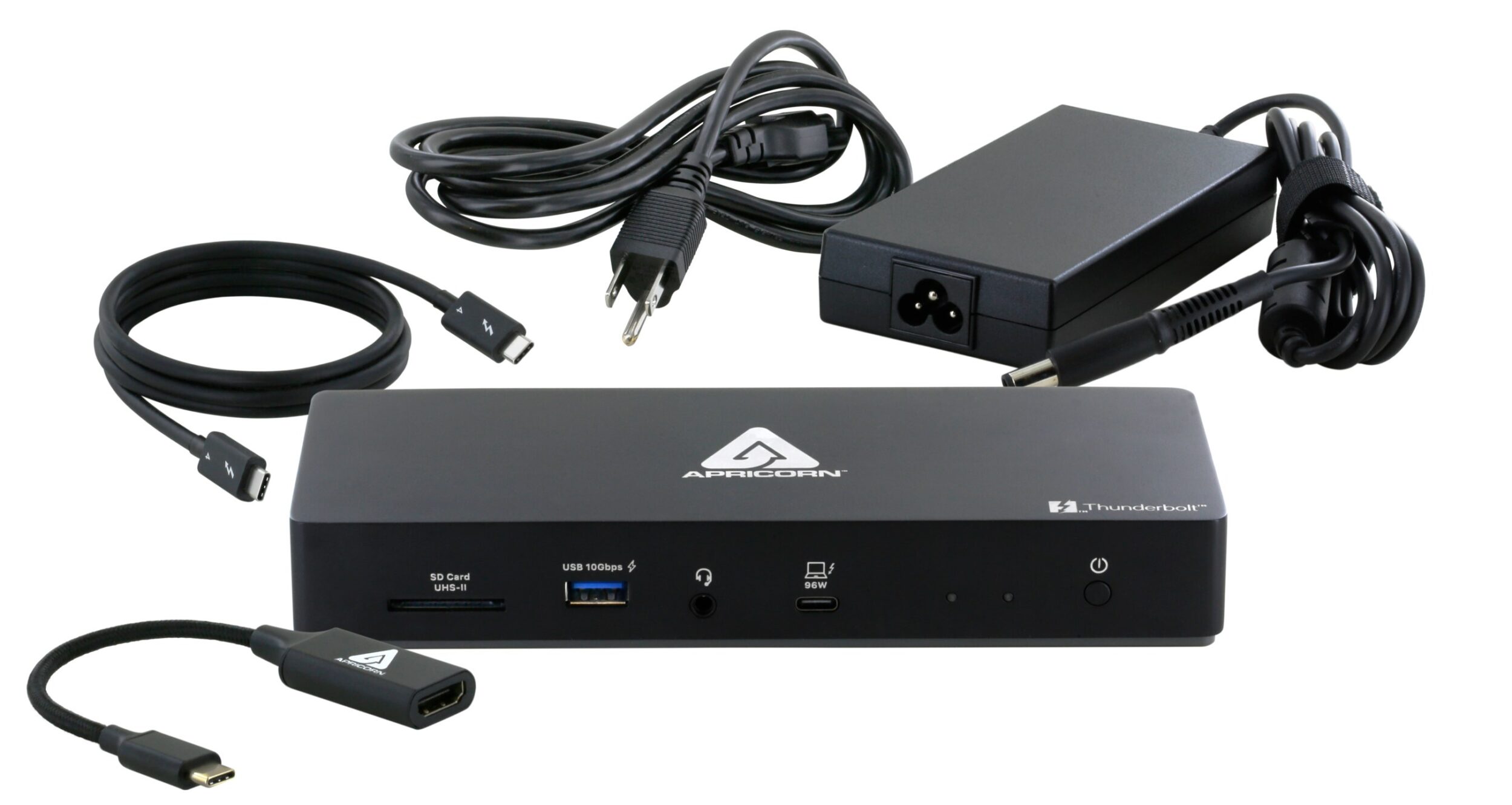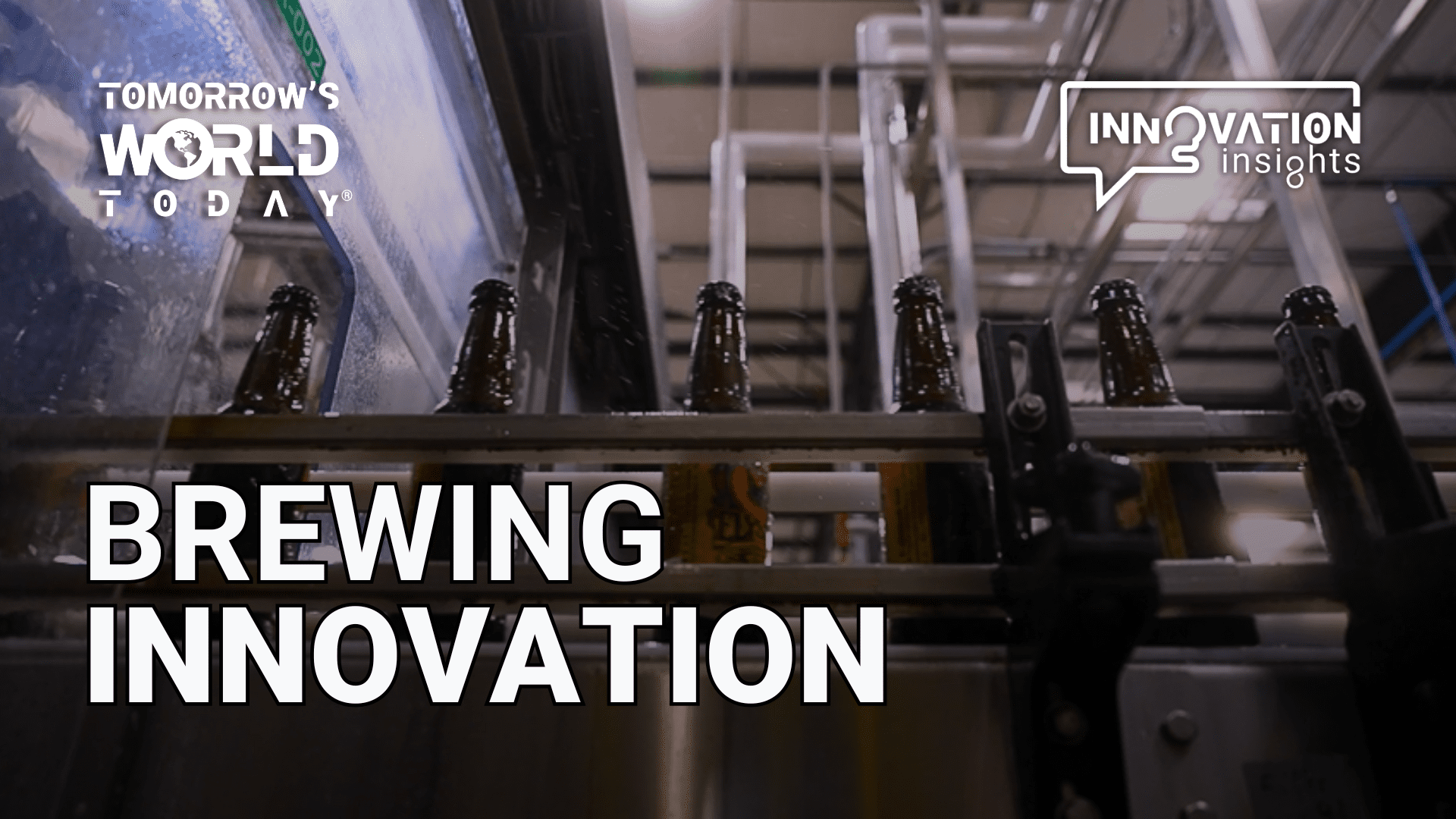Virtual machines are software-based applications that allow you to run a virtual ecosystem or computer within a physical host computer. They basically allow you to emulate an entire computer system for testing, experimentation, resource scaling, and hosting multiple systems.

Virtualization as a whole has seen staggering growth. Different implementations have seen adoption from various industries, with IT infrastructure seeing massive server virtualization and the rise of the virtual private network. Statistics show that 23% of companies worldwide are already running serverless thanks to virtualization. With such a large scope, you might be surprised to learn seven interesting facts you might have missed on virtual machines.
1. Different components can be individually virtualized
View this post on Instagram
While it’s general knowledge that virtual machines create virtualized environments that emulate entire operating systems and infrastructure, did you know that components can individually be virtualized as well?
Based on a guide to virtual machines on MongoDB, two types of hypervisors enable each key component to be virtualized on a system. Type 1 hypervisors, also known as bare-metal hypervisors, run directly on a physical machine and can be used for app virtual environments, desktops, and server virtualization. Type 2 are hosted hypervisors, which are installed on a host machine that already has its own OS running. This allows for the VM to focus on specific tasks instead of resource allocation.
2. VM can run faster than native hardware
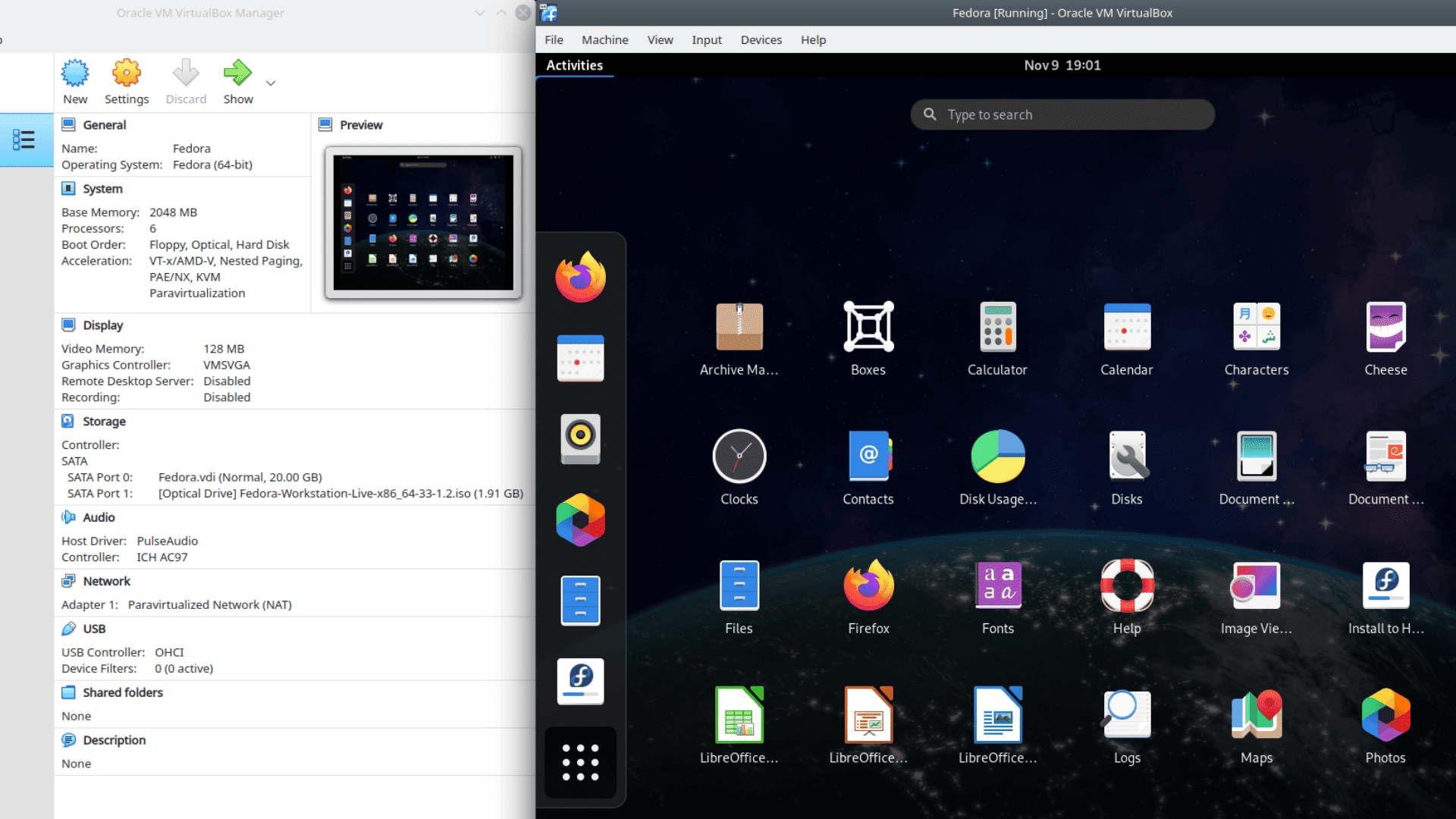
Credit – Diego Carvalho, under CC BY-SA 4.0 License.
Although a virtual machine generally takes its computing resources from the host machine, studies have actually seen VM implementation see faster performance than native computing. While it’s usually expected for virtualized environments to be slower, we see the likes of vSphere run and perform at a faster rate than native systems after getting properly tuned for its designated workload. Of course, bare-metal servers still usually have better average results despite VMs hitting higher peaks.
3. Virtual machines go beyond computers
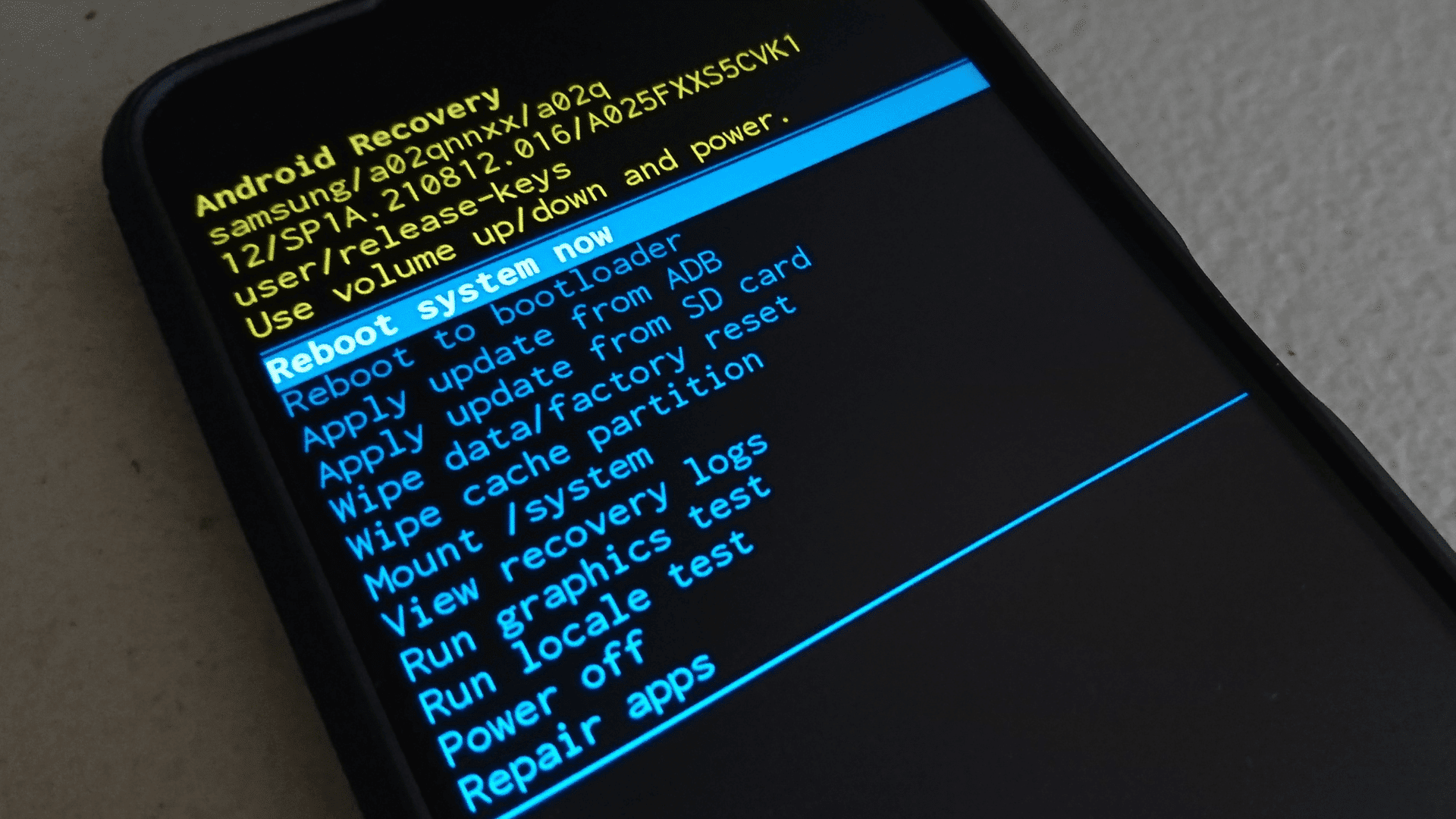
Virtual machines are not limited to computers! You can see that VM software or applications work for mobile phones, cloud products, and embedded systems. Android makes use of ART implementation, making it compatible and capable of running a virtual machine without crashing. In 2023, you can run a robust virtual machine on your smartphone just by downloading Andronix and VNC Viewer from Google Play. The latter is an optional installation that provides a graphical user interface (GUI) for users who don’t want to be limited to a command line.
4. NASA uses VMWare
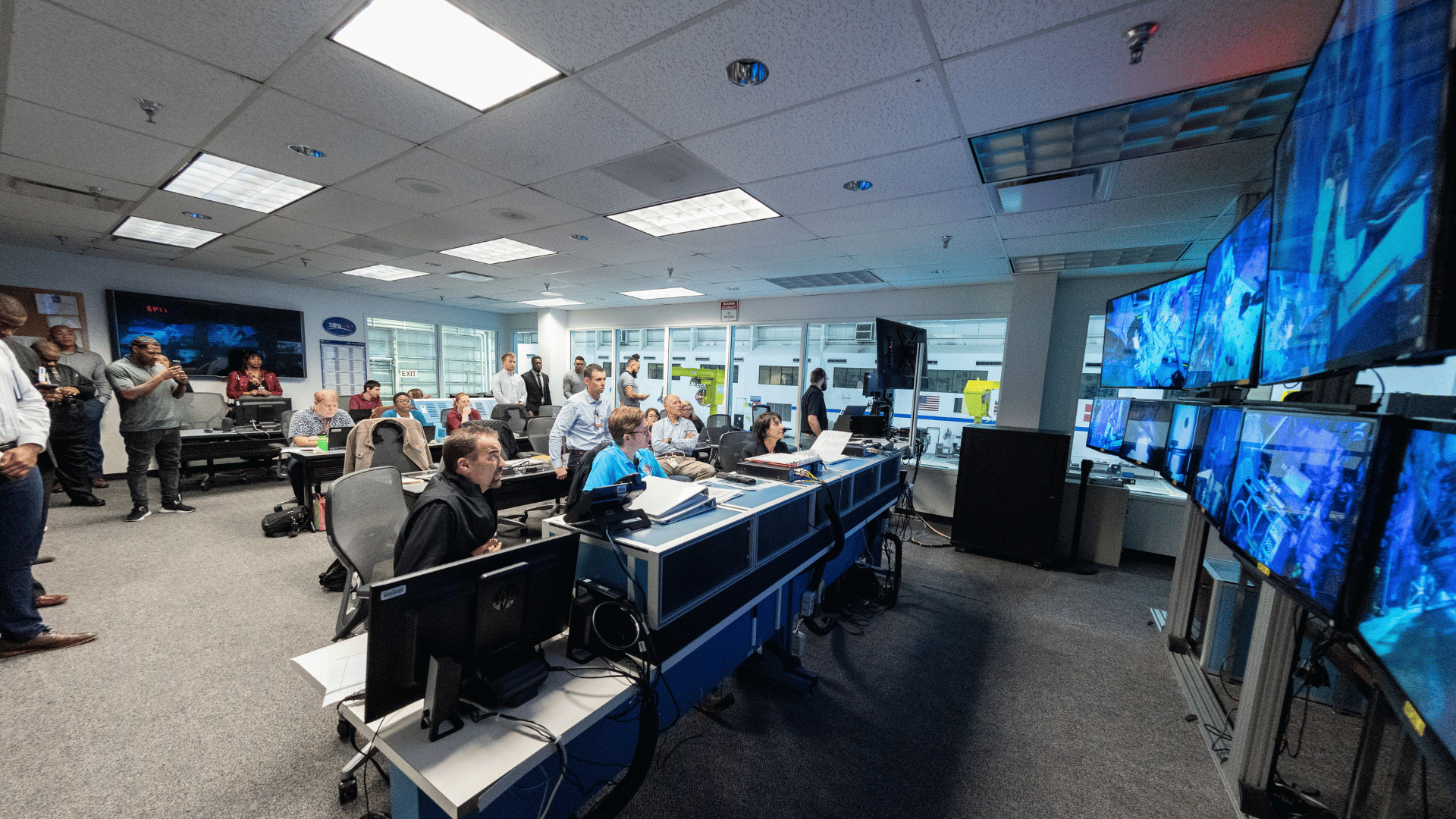
NASA has seen many great strides through the years, with its most recent grand foray resulting in amazing accomplishments from the James Webb Space Telescope’s first year. With its many huge undertakings and complex responsibilities, it is notable that the NASA Enterprise Application Competency Center (NEACC) makes use of massive virtualized server environments. NEACC operates more than 337 virtual machines using VMWare.
5. Virtualization and virtual machine types aren’t the same

There are different types of virtualization, but this isn’t the same thing as the different types of virtual machines. You can categorize virtual machines into two basic types: system VMs and process VMs. Where things become more complex is in the type of virtualization you run on any given VM. This can be desktop, network, hardware, storage, data, application, GPU, cloud, or Linux virtualization.
6. VMs were first developed in the 1960s
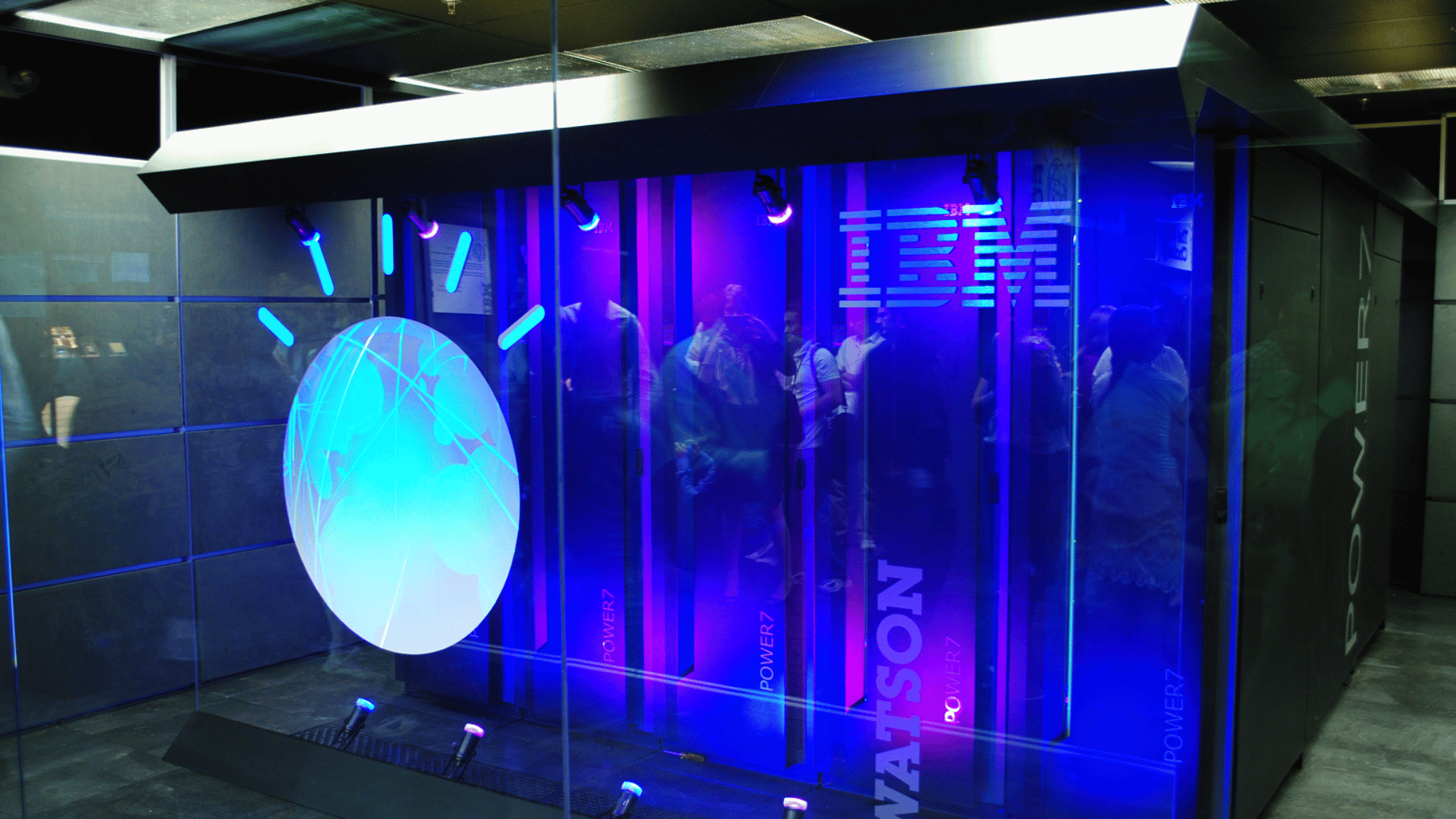
Although the very concept of a virtual machine feels modern, it actually predates the modern hardware we work on today. Although the patent for virtualization systems that make use of segmented architecture using a virtual machine monitor belongs to and was filed by VMWare in 1998, the very first iteration goes all the way back to the 1960s.
In this era, IBM would create the M44/44X, CP-40, and SIMMON to perform tasks using virtualization. They would serve as the very first hypervisors, eventually making way for the CP-67/CMS, a virtual machine OS developed for time sharing. This would eventually be made widely available in 1972 as VM/370.
7. You can use a VM for obsolete programs
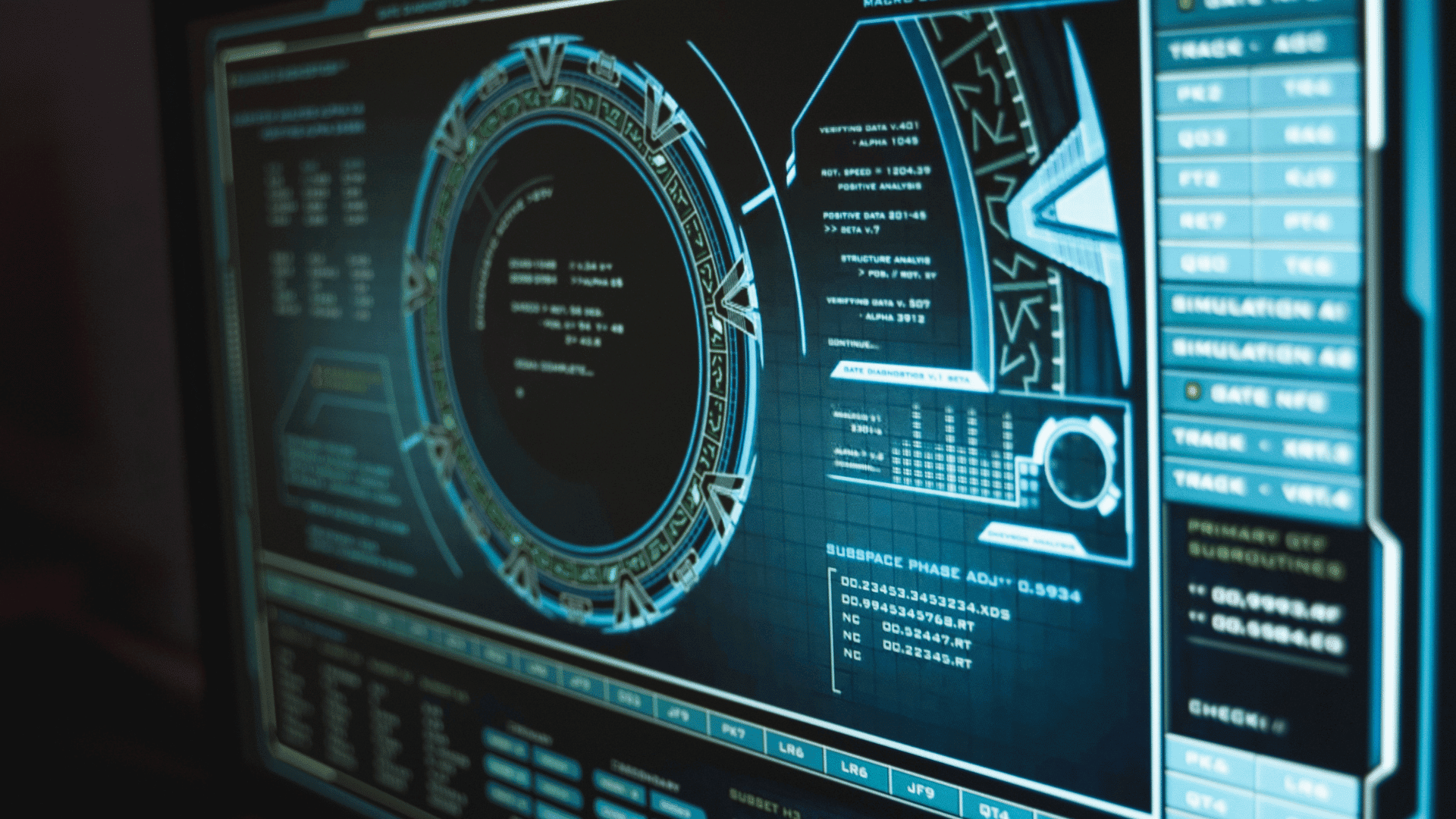
Today, virtual machines are usually used for software development, testing, server optimization, resource allocation, and disaster recovery. That said, virtual machines have long been used to host legacy applications and obsolete programs that would no longer run properly on modern hardware. Think of it like how Back to the Future 2 used technology from the 1700s. Virtual machines allow users to fully launch and operate systems that would otherwise be considered unusable in today’s computing environments.



